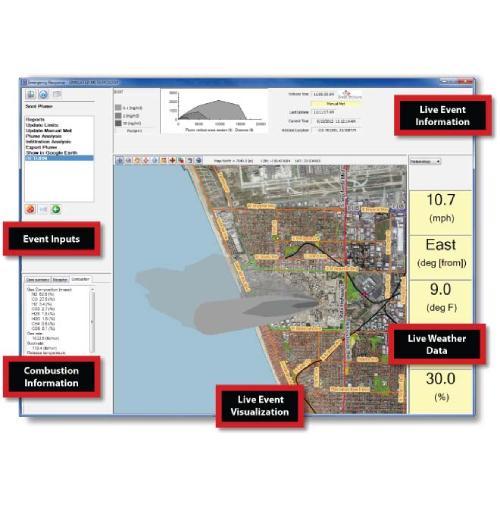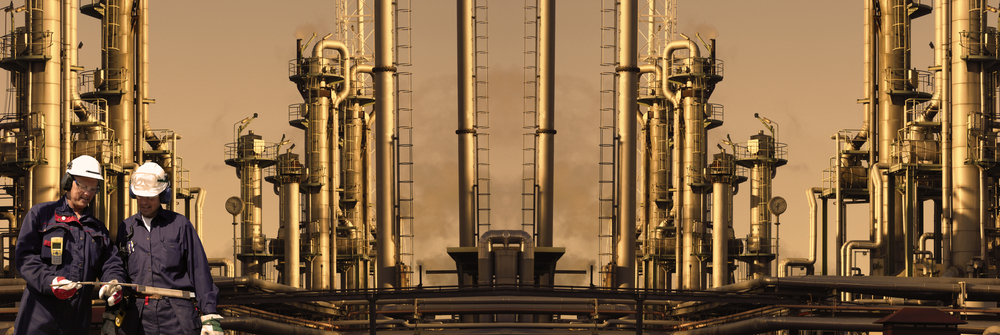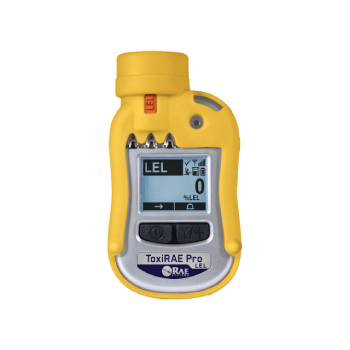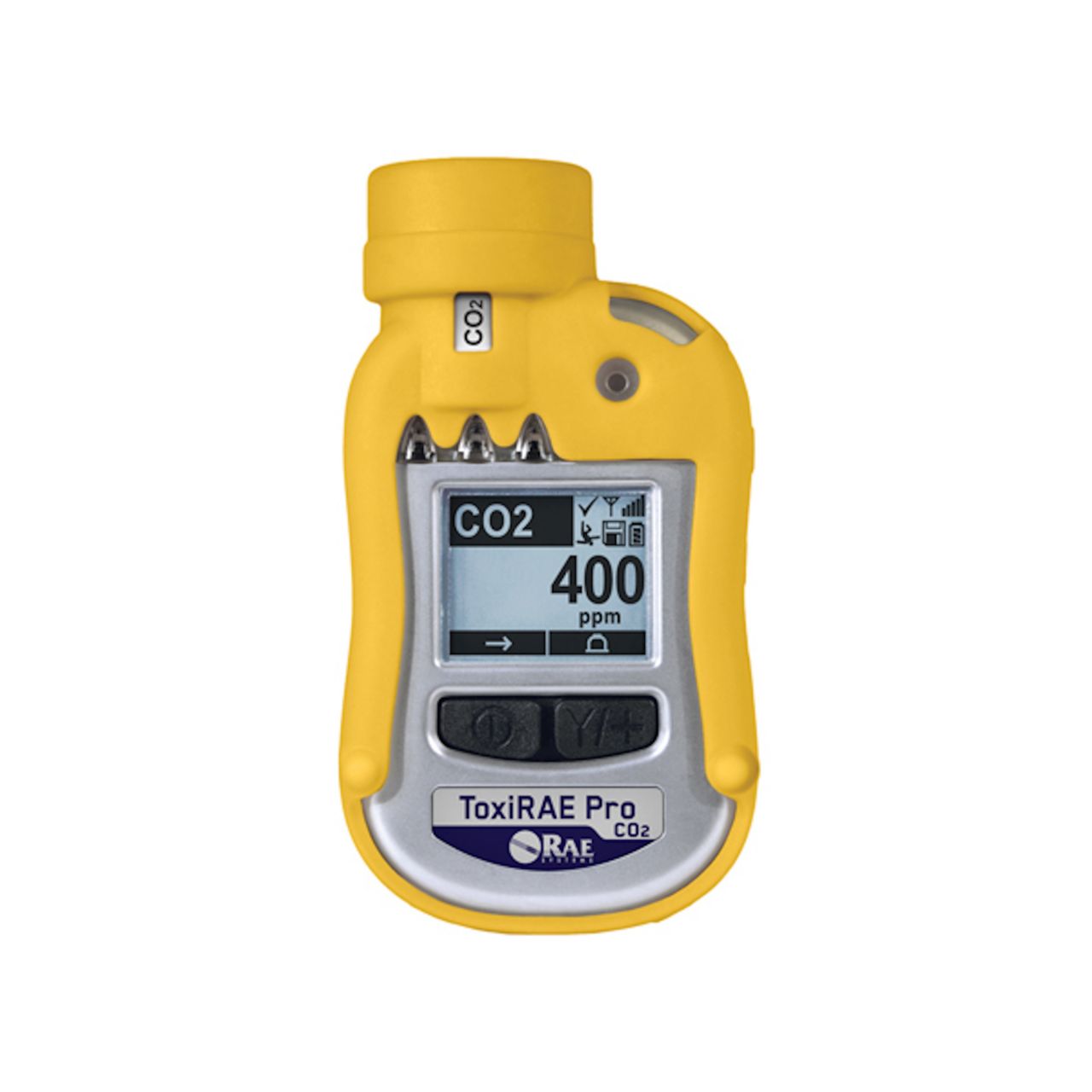
As the industry's benchmark solution for emergency management of a chemical release, SAFER Terminal empowers you to respond with confidence even under the most challenging conditions. It is simple to use and provides all of the data you need to make the highly informed and defendable decisions that must be made within the first minutes of detection.
SAFER Terminal is the platform on which the entire SAFER Systems solution is based. Additional functional model add-ons can be enabled for expanded functionality.
Should an event occur, SAFER Terminal provides rapid updates and visualizations based on actual weather and gas sensor data. SAFER's Terminal analysis tools let you see concentrations at any point, dosage and/or building infiltration. When the event is over, the simulation is saved and is replay-able for post-event analysis or legal defense.
Equally important is the value of Terminal as an outstanding solution for drills, employee awareness, what-if analysis, and validation of emergency response plans. Terminal is customized according to plant site and designed to address each plant's specific issues.
- Plant-Specific Design: The underlying design of a SAFER Terminal system allows it to be built to the unique needs of your fixed facility. The flexibility of Terminal's design is particularly important during implementation. After implementation, that flexibility continues to benefit a system manager who can control every aspect of the implementation including device interfaces, map views, and report content.
- Intuitive User Interface: Quickly and efficiently identify critical community and onsite areas of impact allowing for swift, accurate, and defendable emergency response decision making.
- Improved Situational Awareness: Terminal provides the tools needed to understand exactly what you are facing - upwind and downwind corridors, areas of impact, live and historical weather and chemical sensor data.
- Scenario Management (Available with Plume Response Add-on): Terminal allows users to develop and save scenarios to assist with emergency response training, increasing employee awareness, safety demonstrations, and post-event analysis
- Wide array of models (Available with Plume Response Add-on): Terminal includes an array of standard models covering fire and explosion, multi-component evaporation, building infiltration and exfiltration, tank and pipe, dispersion, complex terrain, and particulate and specialized chemicals like HF and TiCl4. These models have been developed with the help of more than 30 years of experience solving fixed facility loss of containment events.
- Release Rate Calculations (Available with Advanced Back Calculation Add-on): SAFER's patented Advanced Back Calculation (ABC) application was developed to offer the most sophisticated solution available for release rate estimation from plume modeling and plume measurement.
- Source Area Locator (Available with Advanced Back Calculation Add-on): Understanding where an emission is coming from at 2am one dark morning might be very useful. This application helps you locate the source of an odor or hazardous materials emission location.
- Combustion Analysis Modeling (Available with Combustion Analysis Model Add-on): The newest development from SAFER®, this model analyzes any chemical fire, transitioning seamlessly from analyzing a toxic impact to a product of combustion, and determines downwind dispersion of combustion products, airborne particles, unburnt hazardous materials and soot deposition. The Combustion Analysis Model (CAM) supports particulate monitoring activities by providing the information necessary to accurately place monitors for gathering samples.
- Google Earth/Google Maps support: Terminal exports impact assessments allowing expanded analysis of the event which can be shared via email or through a live network connection.
- Multi-Lingual Capability: The SAFER Terminal system has been designed to operate in a variety of languages such as German, French, or Japanese. The translation database can be customized to reflect the location of a particular language or the specific jargon used at a plant site.






Add A Review